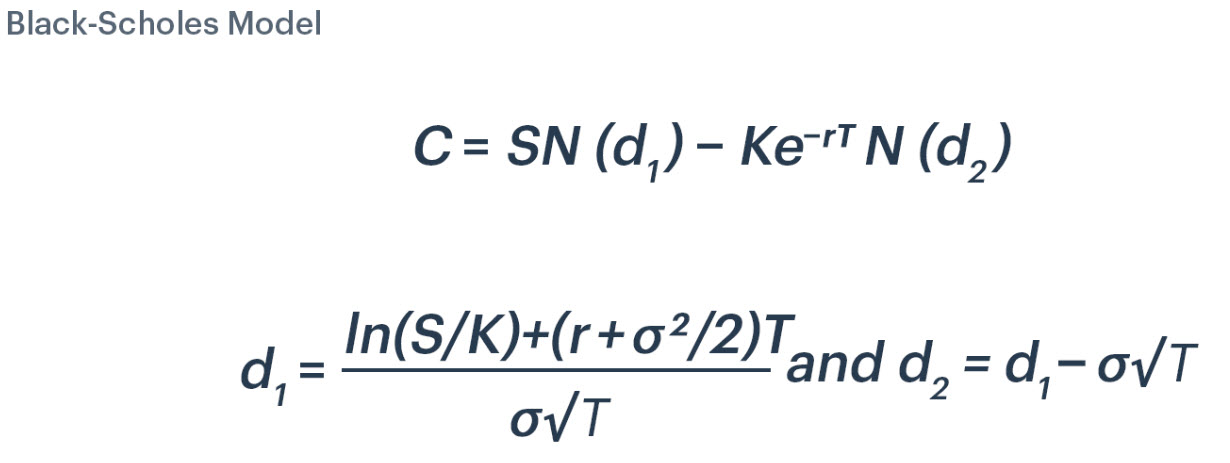20 of the Best Banking Rules
Bankers love rules and formulas. Here are 20 banking rules that have served us well over the years. Use these and save yourself much time and stress. These “hacks” are a combination of rules and shortcuts that we use daily in our decision-making. We have tried to pick some non-obvious shortcuts that have historically produced impressive returns as we look back on them over our careers.
1. The Immutable Law of Bank Profitability – Sell more profitable products to more profitable customers. This law never fails to produce a high-performing bank.
2. The High Agency Axiom – When recruiting or hiring, and you must choose between a set of qualified people; choose the person that you would want to rescue you from a third-world prison – You want the highest combination of grit, determination, intelligence, work ethic, and creativity.

3. The Cycle Indication – If your message or concept is being discussed on Reddit, you are likely too early in the cycle. If you read it on LinkedIn, you are already too late.
4. The Creativity Heuristic – When trying to solve a problem and you struggle for creativity, transform the problem statement. Turn the problem into a narrative, into a sketch, into an equation, or into a graphic. Teach and talk about the problem with five people for no other reason than to see how you feel about it as you describe it. These transformations often unlock untold insight and allow you to spot new connections.
5. The Optionality Maximization Principle – When choosing between paths, select the path that maintains the most options for you or the bank. Options are valuable, so when they are free, take as many as you can. Conversely, always know if you are long or short the option. Your bank might be the one giving away the free option.

6. The Complexity Equation – When designing a bank strategy or tactic, the complexity of the solution should be judged on a long-term horizon and seen through the eyes of the customer first, then the employee, and then the bank. “Simple” and “easy”; “difficult” and “complex”; and “effective” and “efficient” are not synonymous.
7. The Customer Razor – Find a customer that cares about banking and then care about banking more than they do. Proactively choose customers that generate low-cost deposits over fees, fees over engagement, and engagement over loans – in that order.

8. The Interest Rate/Service Paradox – If you are advertising rate in your branch or marketing materials, you are transactional and not relationship-driven. Pricing, service, or bank profitability – You can afford to provide two, but not all three.
9. Skinner’s Law – When you must change the behavior of your bank, either A) Make the pain of inaction more significant than the pain of taking the action, or B) Make the pleasure of the action greater than the pleasure of not acting. At the end of the day, the right amount of compensation consistently changes behavior.
10. Buffett’s Law – “The value of every business is 100% subject to government interest rates.” Interest rates impact a bank more than any other business. Always understand how potential interest rate changes will impact credit and the value of the bank.
11. The Bezos Rule – If unsure about a decision, choose the one where you will have the least regret for justifying the logic of your decision at your performance review.

12. The Vendor Adjustment – When a vendor shows you the return or gain on a product, assume that it is half what they claim. Whatever they say their solution costs, assume that it is double.
13. The Physics Protocol – Unless it defies the laws of physics, any idea is possible. Do not confuse a bank’s lack of knowledge, talent, or technology with the probability of pulling an idea or initiative off. Often, it is a question of time frame. The longer the time frame, the more probable an idea becomes. Consider the fact that the internet was possible in the 1800s – society just lacked the vision and knowledge to pull it off.
14. The Magic of Compounding Your Time – Compounding your time is even more valuable than compound interest. If you have a weekly task that provides benefits such as prospecting new clients, doing it daily can achieve seven years of output in a year. If you apply the compounding effect and it is worth 1%, then you can achieve 54 years of output in one year. Conversely, if there is a daily task that you can automate (maybe using AI) and either do weekly or eliminate, you can gain 54 years of output for something else.
15. Gell-Mann Test – Assume every vendor contains a certain percentage of false or misleading information in their sales pitch. Don’t act on their product until you tried to use their product, have seen the primary sources of critical assumptions, and have spoken to three users or unrelated domain experts.
16. Taleb’s Surgeon – When deciding between two equal candidates for a role, choose the one that has suffered the most hardship along the way or the one with the least amount of charisma. The uncharismatic one that had a harder road achieved success without the advantage of luck or charisma.
17. The Problem Over Solution Convention – Aim to spend 75% of your time understanding the problem before coming up with the solution. Bankers tend to jump to solutions without fully understanding the problem and what an optimal long-term, value-added solution looks like.
18. The Geometric Network Principal – Always make the time to introduce two quality people that you think would benefit from one another. Conversely, if introduced by someone you respect, make the time to make an investment in that new relationship. Networks never divide as they are shared, they multiply, often geometrically.
19. The Instagram Affect – Just like influencers choose the best photos to post and then clean them up using Photoshop, assume vendors chose the best reference or case study to highlight without showing you all the other worse variations. Like a background investigator in law enforcement, you ask for references and then ask those references for other references. You rely on those secondary references rather than the ones that the vendor gave you.

20. The Roman Empire Rule – The Roman Empire fell in 476 – but it wasn’t acknowledged by Roman society until almost 100 years later. If you wait for the media or consultants to inform you of a solution, you’ll likely be wrong or too late. Chances are you have experts at your bank telling you the current reality of your situation, listen to them over pundits and consultants.

